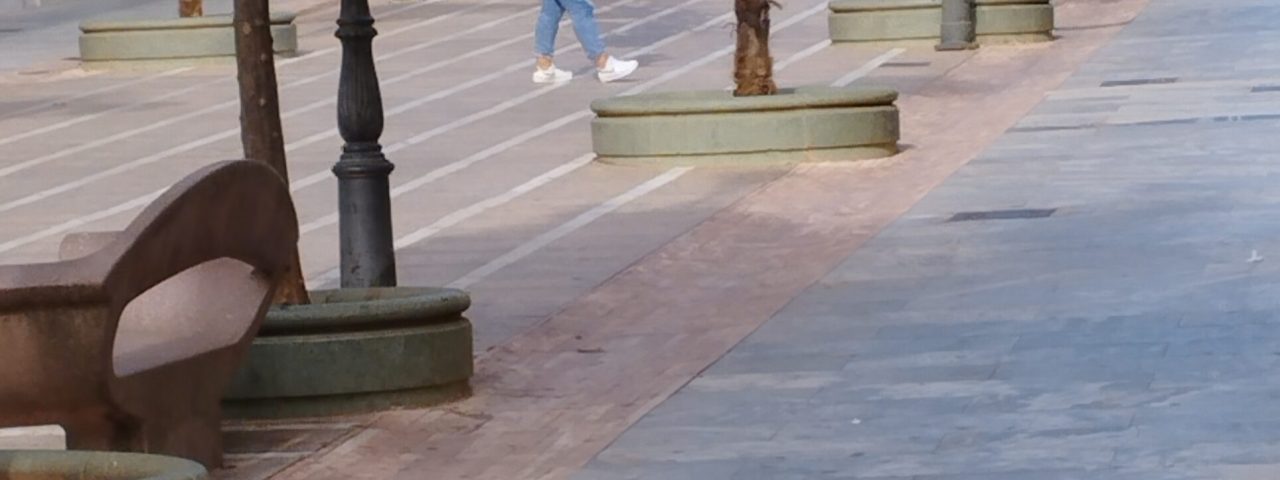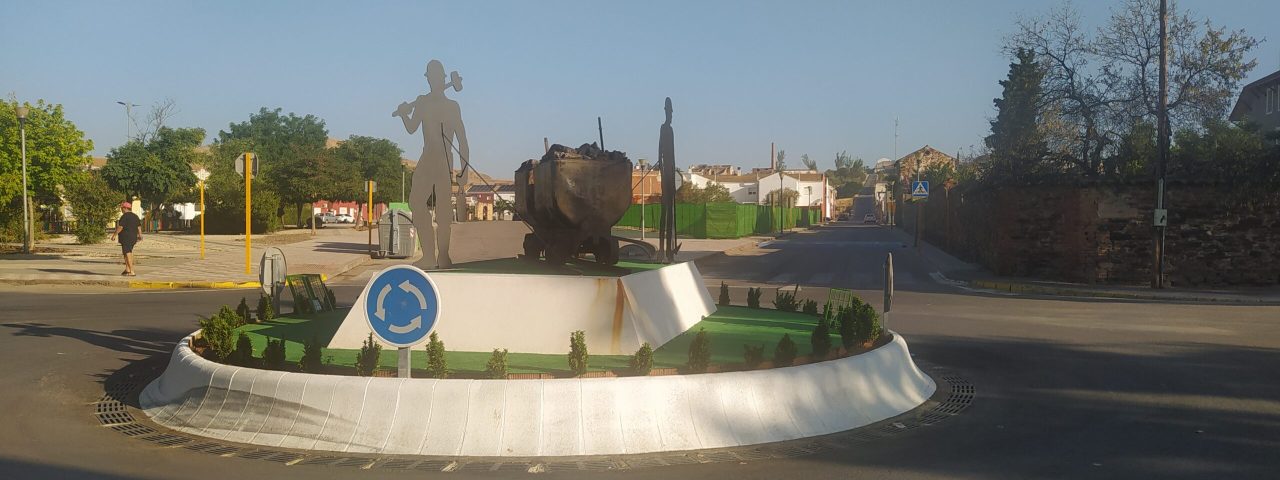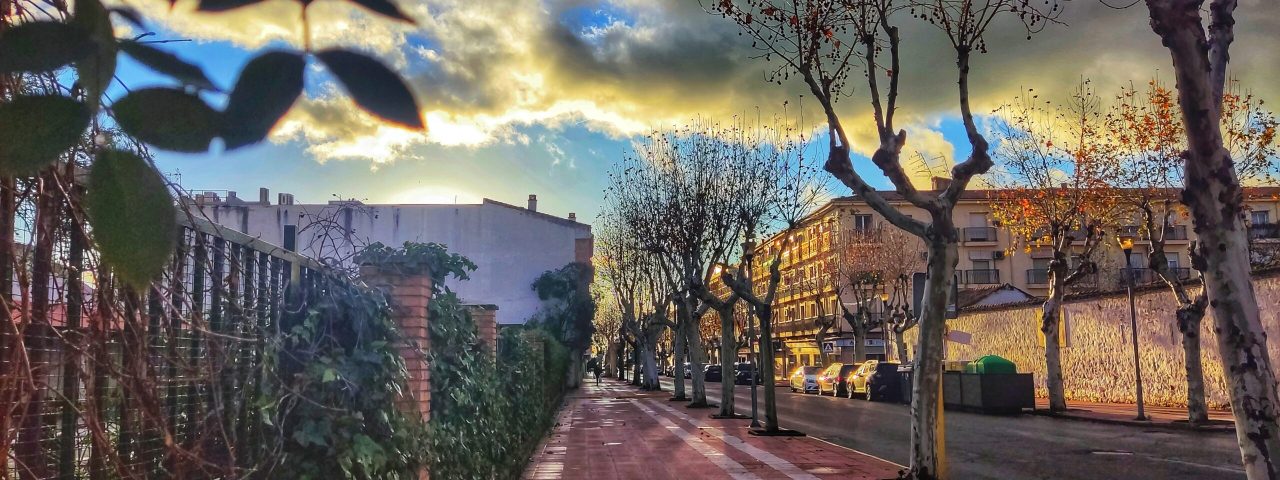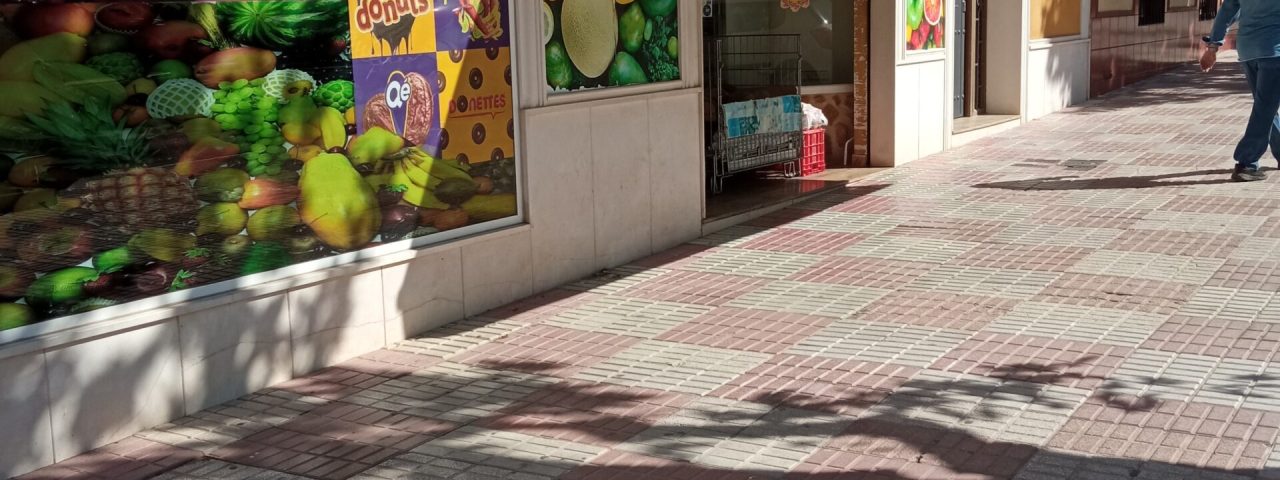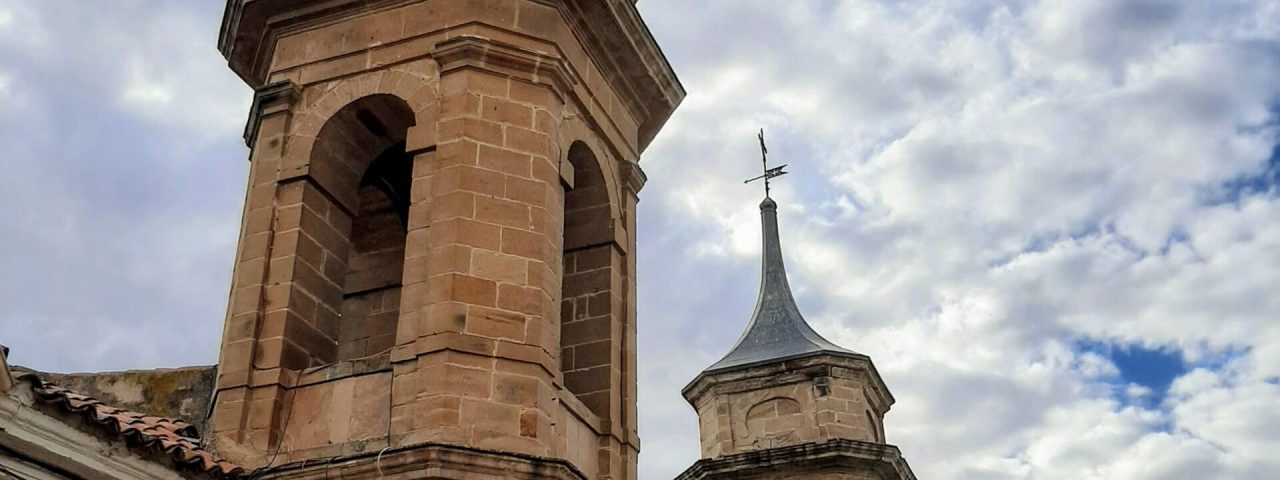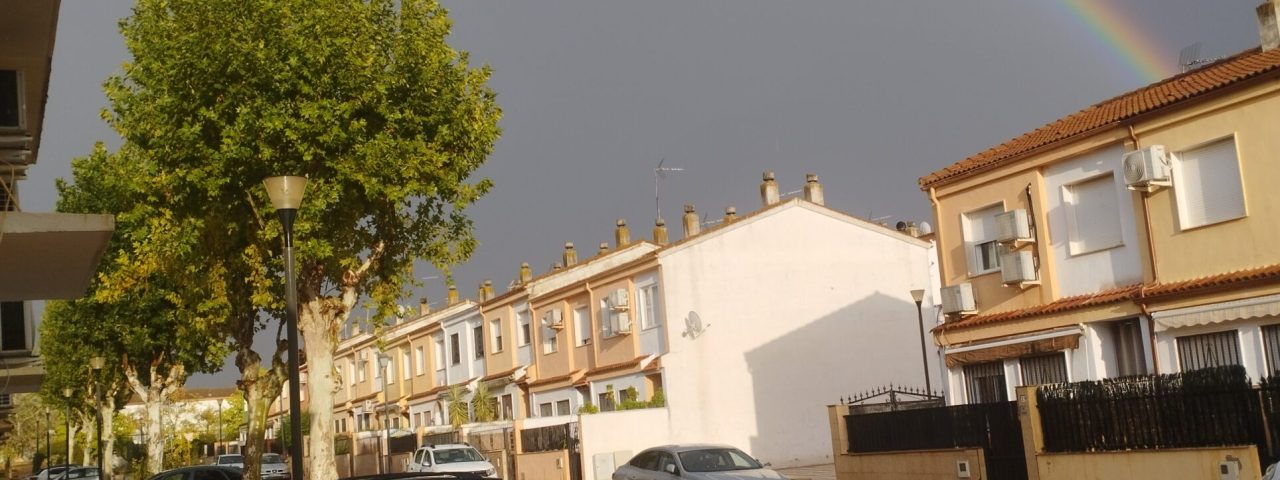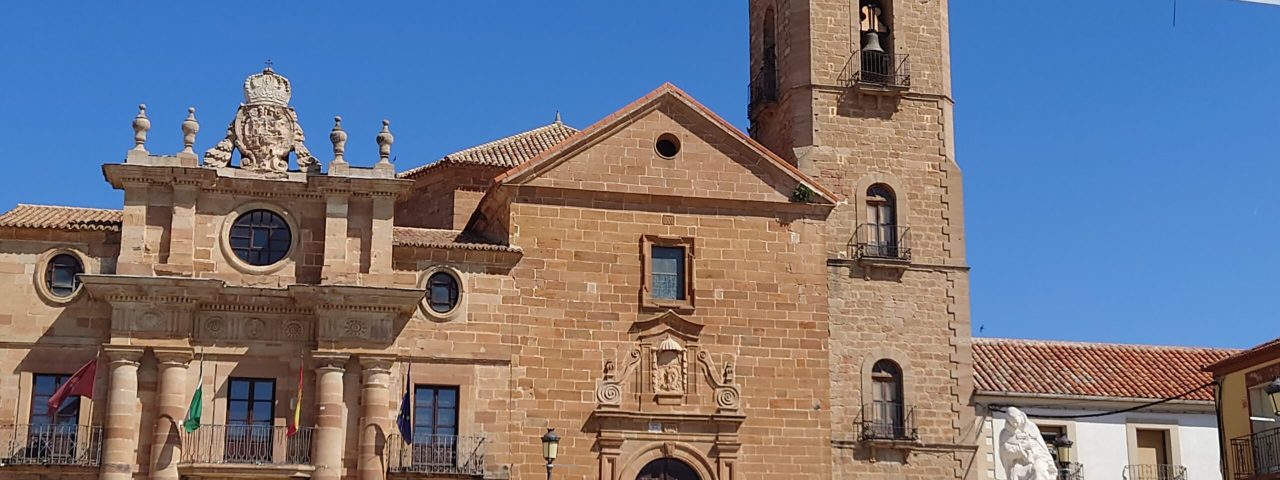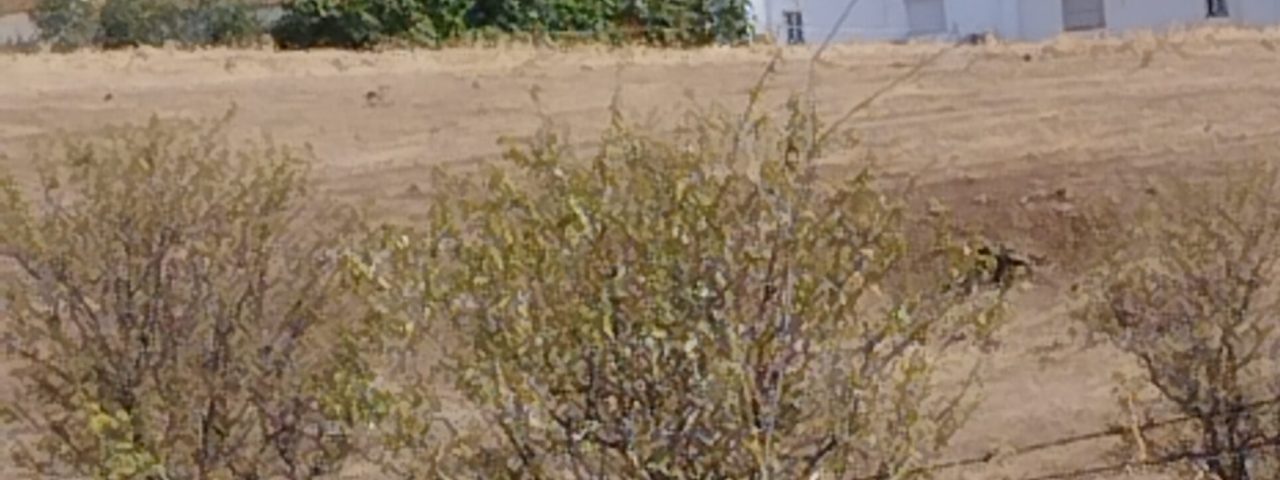La Carolina was founded in 1767 as part of the Nuevas Poblaciones initiative by King Charles III of Spain. This plan aimed to repopulate certain areas of Andalusia with settlers from across Europe to develop agricultural land and enhance the local economy. The city’s unique layout, characterized by its grid-like streets, was influenced by Enlightenment urban planning ideals, a feature that makes La Carolina architecturally distinct from other towns in Andalusia.
The city’s history is deeply intertwined with its role as a hub for mining and agriculture, particularly in the production of olive oil. Over the centuries, La Carolina has developed a vibrant cultural identity that reflects its agricultural roots and the various influences of the settlers who established the city. Today, traditional Andalusian festivals, such as Semana Santa (Holy Week) and the local Feria de Agosto, are celebrated with enthusiasm, offering visitors a chance to experience authentic local customs, music, and dance.
La Carolina also has several significant historical landmarks, including the Church of La Inmaculada Concepción, built in the 18th century, and various statues and monuments that commemorate its industrial past. The city’s rich cultural heritage is reflected in its museums, such as the Museum of Mining and Industry, which chronicles the role of mining in the area’s development.
